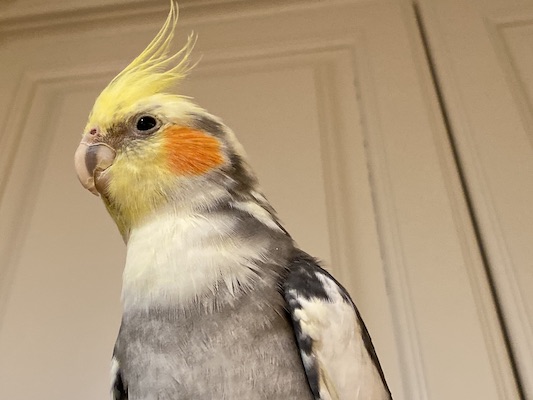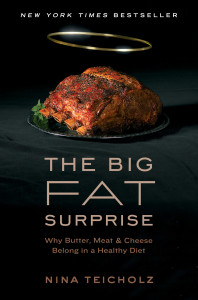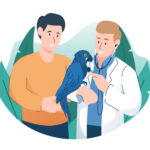
Animal research into fat, carbohydrates, and disease
Many of us has grown up believing that fat makes you fat and that fat causes heart disease, diabetes, metabolic disorder, and obesity. A low fat diet has been recommended by the USDA, doctors, and nutritionists since the 1980s despite lack of solid research to support it.
This opinion has been mirrored by the bird world where processed (pelleted) diets are universally low in fat and high in carbohydrates. Also, feeding fatty seeds like sunflower and safflower is highly frowned upon.
However, research going back to the early 20th century contradicts this conventional wisdom, but has always been drowned out by organizations such as the American Heart Association, the USDA, and the Sugar Association, all of which have strong industry ties.
In the last 15 years, an avalanche of research has predominantly exonerated fat, including saturated fat, from causing these diseases. Carbohydrate intake was the culprit all along. Low carbohydrate diets aren’t very controversial anymore but the link between high consumption and disease is now much more ironclad.
I’ll start with a strong and clear cut conclusion from a paper published in 2017 by The Lancet. The article contains the conclusions of a 7 year study of 135,335 individuals.
High carbohydrate intake was associated with higher risk of total mortality, whereas total fat and individual types of fat were related to lower total mortality. Total fat and types of fat were not associated with cardiovascular disease, myocardial infarction, or cardiovascular disease mortality, whereas saturated fat had an inverse association with stroke. Global dietary guidelines should be reconsidered in light of these findings.
Associations of fats and carbohydrate intake with cardiovascular disease and mortality in 18 countries from five continents (PURE): a prospective cohort study—The Lancet—August 29, 2017
I could paste in quotes from hundreds of research papers, but luckily there’s a wonderful book that has done the work for me. I think this is the most important book you could ever read for your own health and the health of your birds.
Some numbers about the book:
- 628 pages
- 108 pages containing over 900 research notes
- 67 pages containing over 800 bibliographic references
This is probably the most thoroughly researched and referenced book I’ve ever read. It references more peer-reviewed scientific research than any book I’ve ever read.
Note that even though this book is based primarily on animal research, it’s commonly believed that animal research can be applied to parrot diets.
It was hard to find a book review that didn’t require a subscription, but here’s one from a peer-reviewed scientific journal.
This book should be read by every nutritional science professional as a guide to risks of hubris…and to the consequences of basing public policy on belief as opposed to evidence of positive, beneficial effects….All scientists should read it as an example of how limited science can become federal policy….Teicholz compiled a historical treatise on how scientific belief (vs. evidence), nongovernment organizations, food manufacturers, government agencies, and moneyed interests promised more than they could deliver and, in the process, quite possibly contributed to the current world-wide obesity epidemic.
Book Review—American Journal of Clinical Nutrition
A decade earlier, another book took the carbohydrate angle, and was also extensively researched.
Some numbers about this book:
- 515 pages
- 44 pages containing over 800 research notes
- 66 pages containing over 1,000 bibliographic references
Conclusions
People are more suspicious of industry and government and are focusing more on scientific research. Notice how many more full fat products have appeared in your grocery store in the last 10 years to see that people are starting to see the light.
One little tidbit from the book is that the American Heart Association was founded entirely from a donation from Proctor & Gamble. This company benefitted immensely from pushing a diet that relied on vegetable oils that were among its biggest products. Food for thought.
I will refer to this page in future posts and I believe that eventually more and more people will consider its conclusions for themselves and their birds.
We have to wonder why we follow the same dietary advice for ourselves and our birds and we are both obese and suffer from many diseases that were virtually unknown before the 20th century.



